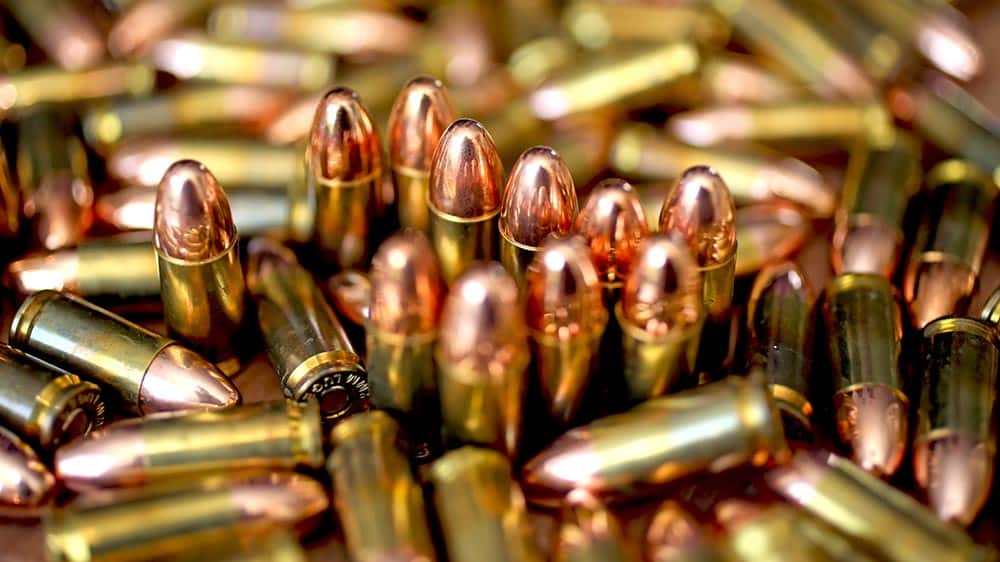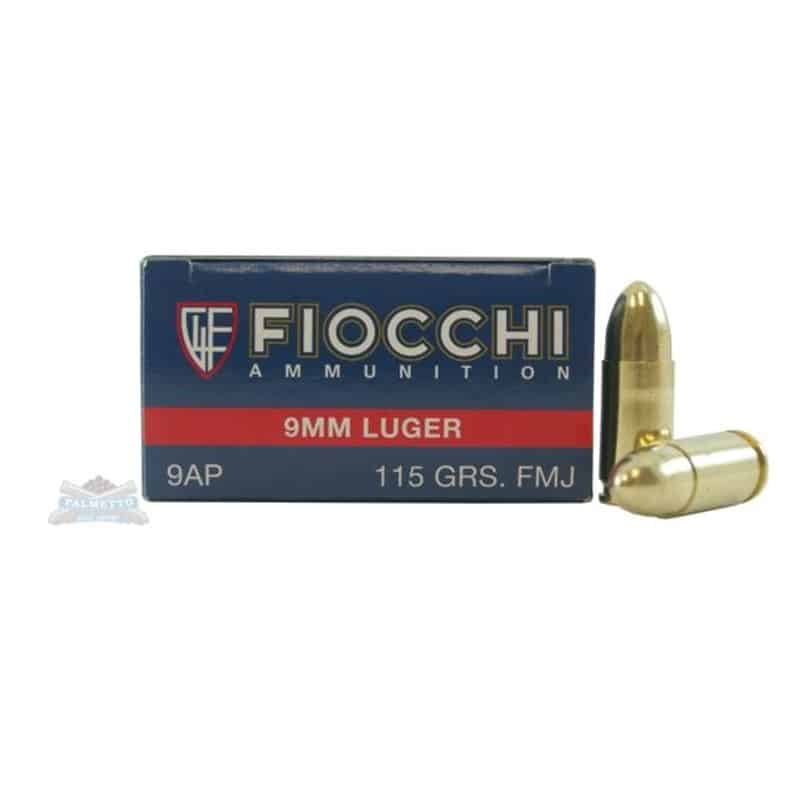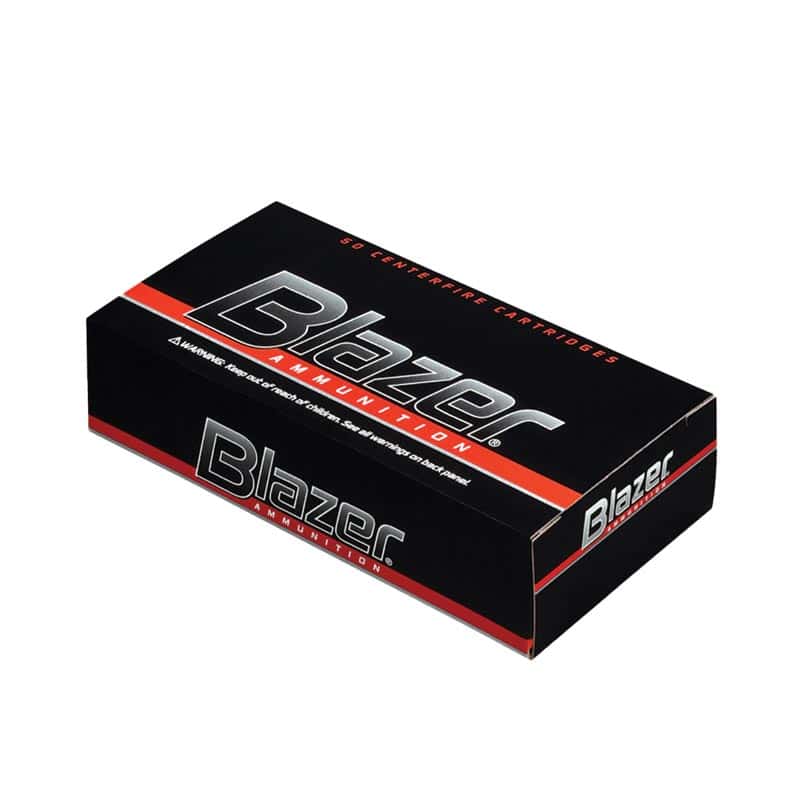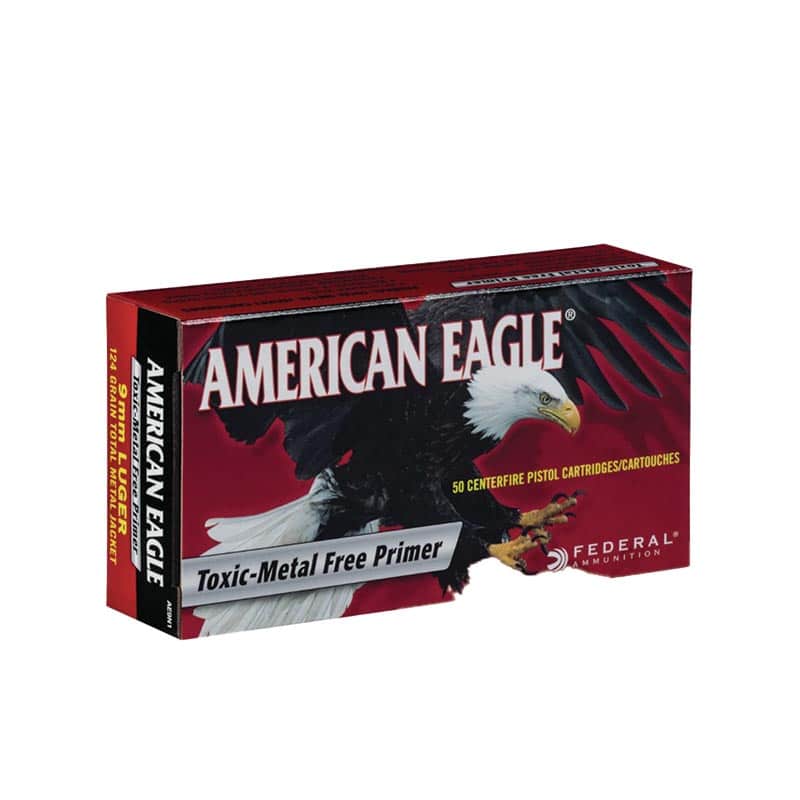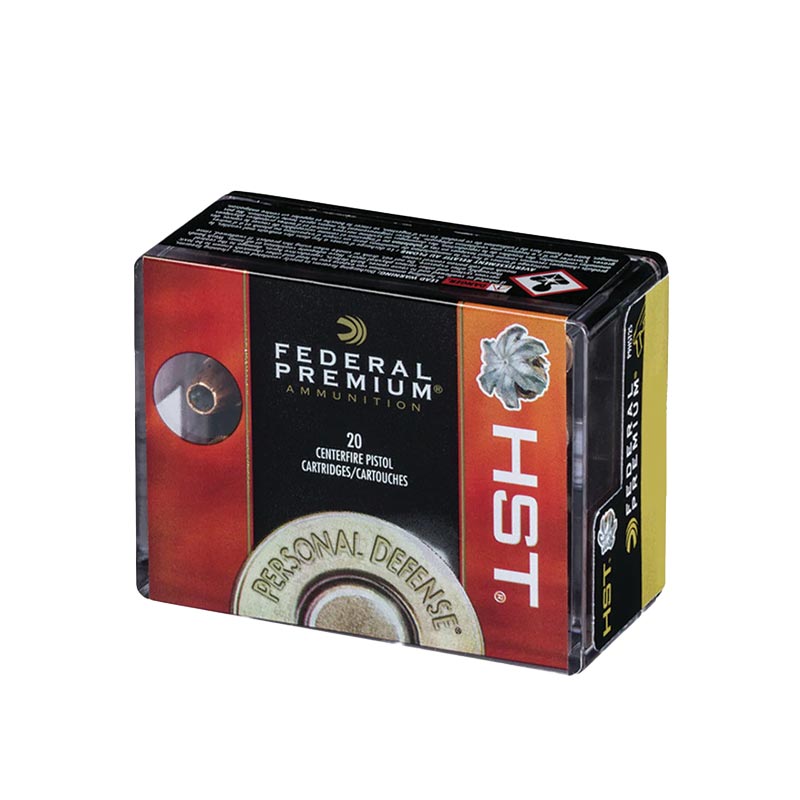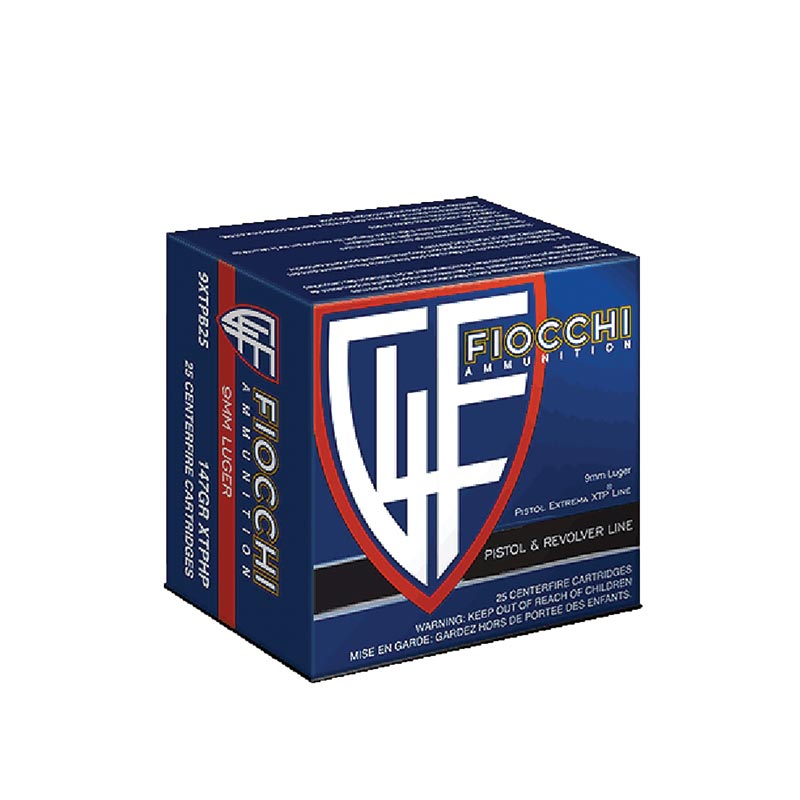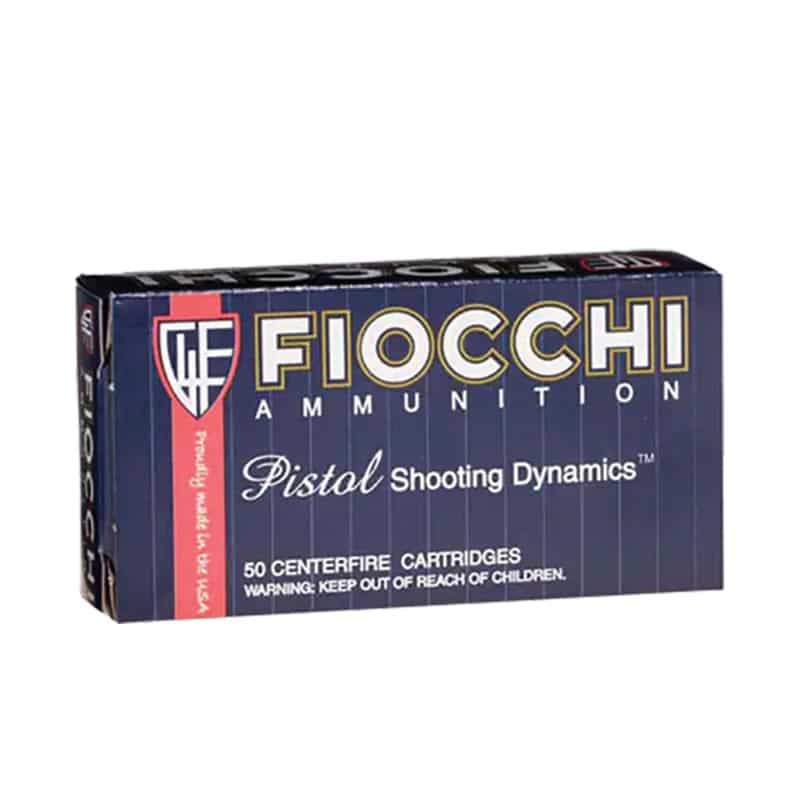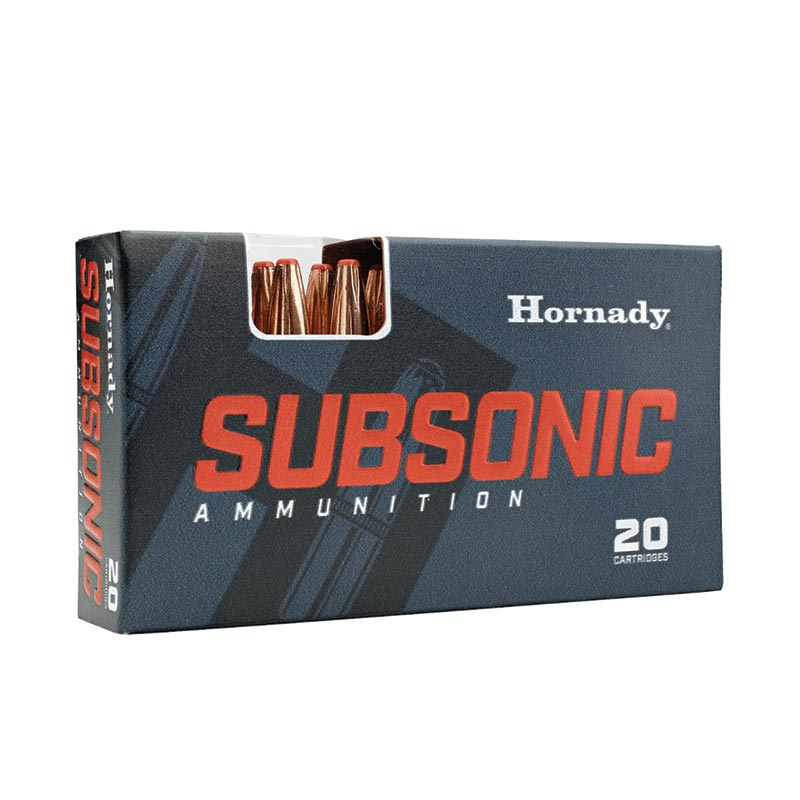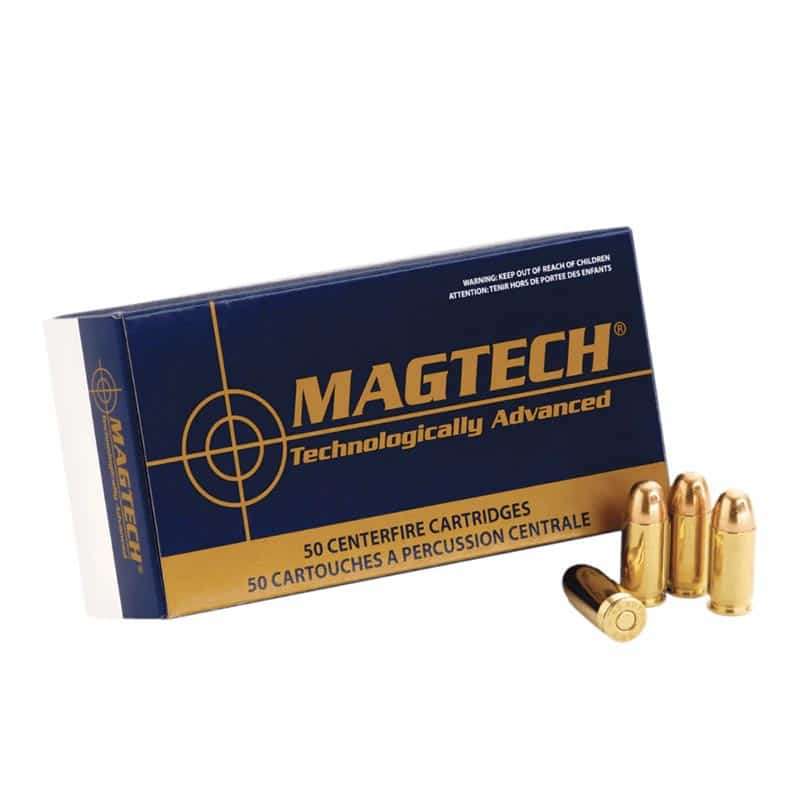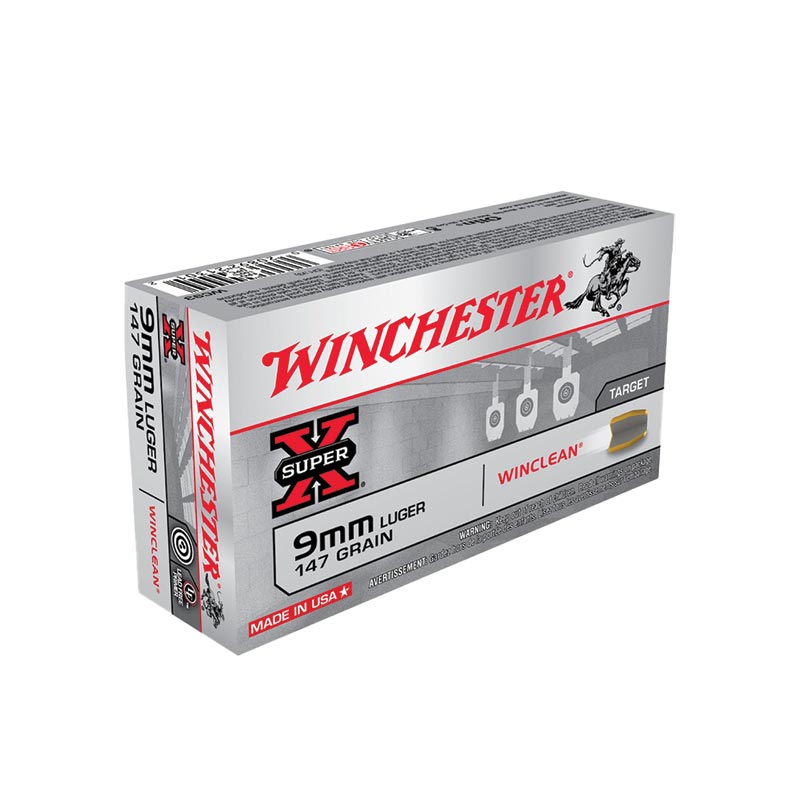When it comes to ammunition, there are several myths and misconceptions that often circulate among shooters, particularly those new to the field. Here’s an overview of some common myths along with the facts to dispel them:
Myth:
“Ammo Lasts Forever”
Fact:
Ammunition does have a shelf life. Factors like temperature fluctuations, humidity, and exposure to the elements can degrade its performance over time. It’s important to store ammunition properly and to regularly rotate stock for reliability.
Myth:
“All Ammo Brands Are the Same”
Fact:
There can be significant differences in quality and performance between brands. Variations in manufacturing processes, quality control, and material quality mean that some brands may offer more reliable or accurate ammunition than others.
Myth:
“Ammo Can Explode at High Temps”
Fact:
Ammunition is designed to be stable and is unlikely to explode even in high temperatures. However, extreme heat can degrade its performance. It’s important to store ammo in a cool, dry place to maintain its quality.
Myth:
“Humidity Doesn’t Affect Ammo”
Fact:
Storing ammunition in humid conditions can lead to corrosion and deterioration. It’s recommended that you store ammo at a constant temperature of 60-70°F with humidity levels between 40% to 50%.
Myth:
“Using Mixed Ammo in One Firearm is Fine”
Fact:
Mixing different brands or types of ammo in one firearm can lead to inconsistency in performance and potentially dangerous malfunctions.
Myth:
” Dirty” Ammo Causes Firearm Malfunctions”
Fact:
While dirty or corroded ammunition can cause issues, most firearm malfunctions are actually due to maintenance issues with the gun itself or improper handling, rather than the condition of the ammo.
Myth:
“Ammo Can Accidentally Discharge if Dropped”
Fact:
Modern ammunition is designed to be safe and only fire upon impact in the chamber of a firearm. Dropping a bullet is highly unlikely to cause it to discharge.
Myth:
“The More Expensive the Ammo, the Better It Is”
Fact:
Price is not always indicative of quality or suitability. The best ammunition is the one that suits your specific needs, firearm, and shooting context.
Myth:
“Hollow Points Are Always the Best Choice”
Fact:
Hollow-point bullets are designed to expand upon impact, increasing stopping power while reducing the risk of over-penetration. However, they’re not universally the best choice. In some scenarios, other bullet types like FMJ (Full Metal Jacket) might be more appropriate.
Myth:
“More Grain Means More Power”
Fact:
Grain refers to the weight of the bullet, not its power. While heavier bullets (higher grain) can deliver more kinetic energy, they also have lower velocity and different ballistic characteristics. The ‘power’ of a bullet is a combination of its speed (velocity) and mass (weight)
Myth:
“Steel-Cased Ammo Damages Firearms”
Fact:
While steel-cased ammo can be harder on extractors and cause more wear over time, it doesn’t typically damage a well-maintained firearm.
Myth:
“Aluminum-Cased Ammo is Inferior to Brass”
Fact:
Aluminum-cased ammunition is often lighter and more cost-effective than brass. While it may not be reloadable, it’s generally reliable for shooting and does not significantly affect the performance.

